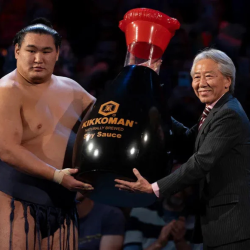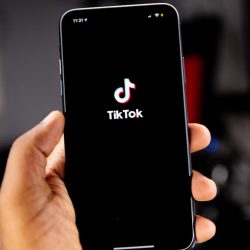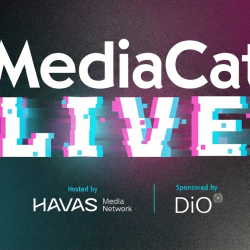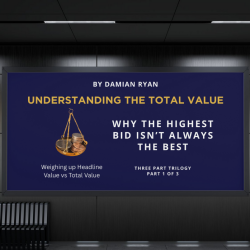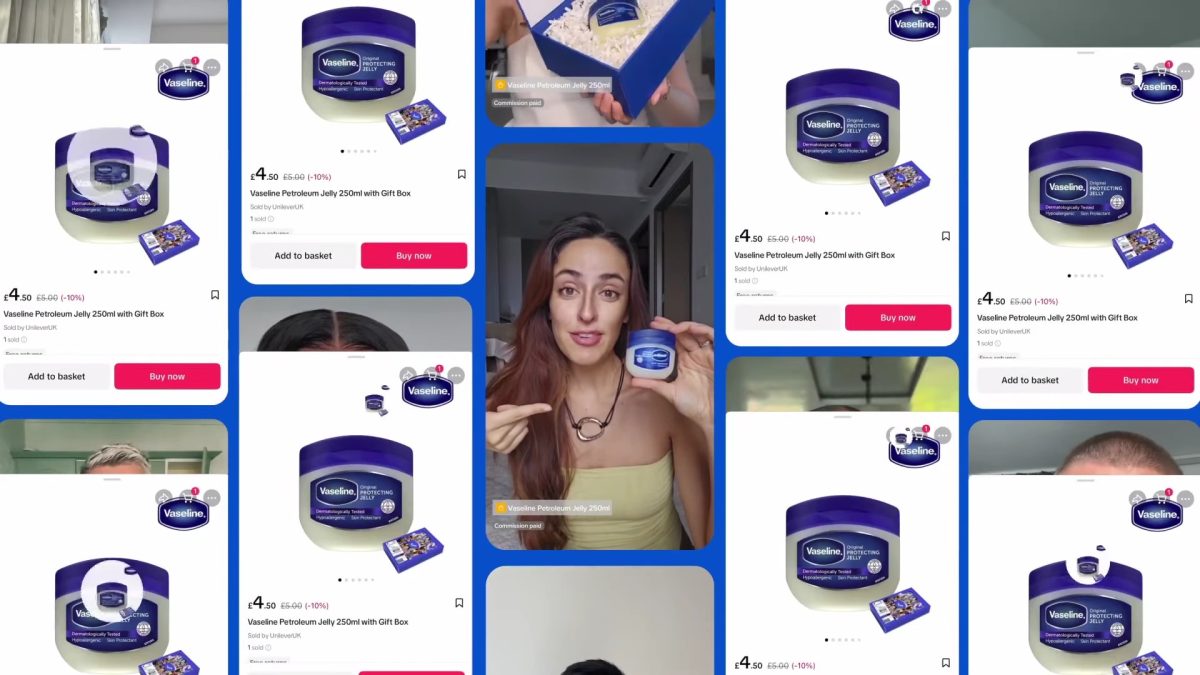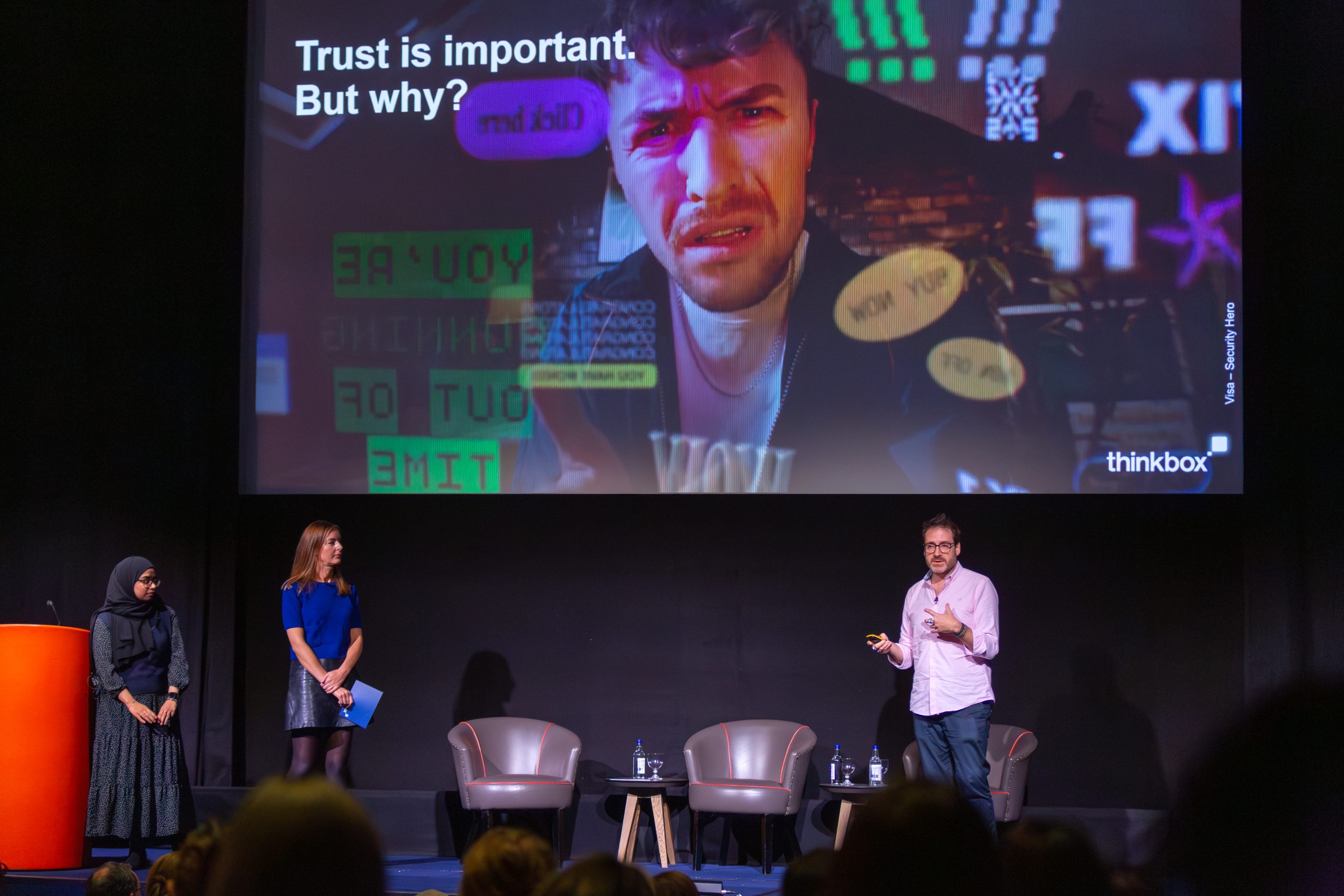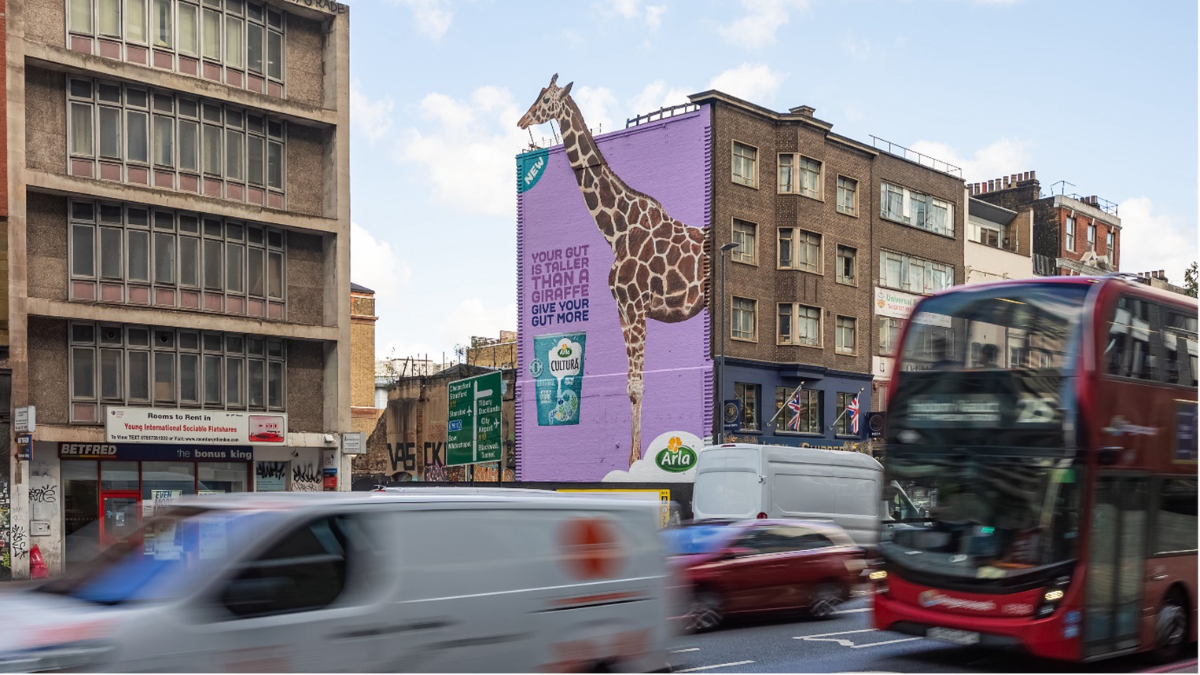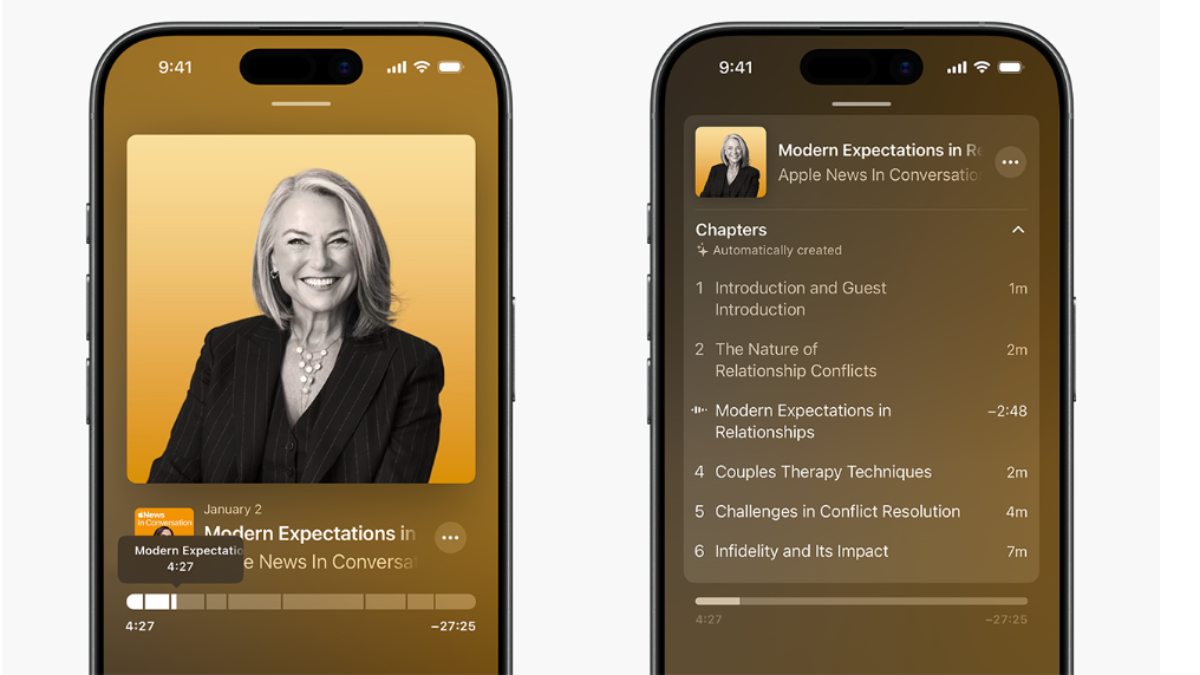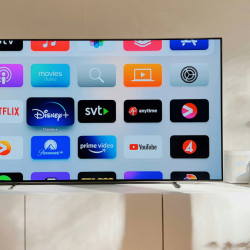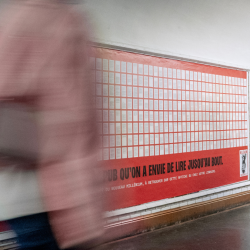Influencer marketing delivers 50% better ROI than the all-channel average over the long term, according to data from the IPA.
Data from 18 UK campaigns showed influencer marketing delivers an ROI index of 151 (above the all-channel average of 100) over the long term, and contributes 6.2% of media-driven sales.
Influencer marketing’s longer-term ROI — which generally covers the period from four months to two years after a campaign — is significantly higher than that of paid social, which indexes at 77. Influencer marketing also has the largest long-term multiplier of any media channel, at 3.35, followed by linear TV, at 3.27.
Though not quite so impressive in the short-term, influencer marketing still washes its face. An analysis of 59 UK campaigns produced a short-term ROI index of 99, higher than that of linear TV, which has an ROI index of 97. But influencer marketing only accounts for 4.5% of media-related sales in the first three months of a campaign, which is considerably lower than that of TV, which is linked to 32% of sales. It’s also lower than the sales contribution of paid social, at 13%.
These findings, which will be announced at the IPA’s Effectiveness Conference later today (8 October), come from a cross-industry database, put together by WPP’s Jane Christian, which combines the results of 220 campaigns from 144 brands across 36 sectors.
According to the IPA, the influencer marketing databank does not show a correlation between outcomes and optimisation levers, like spend, suggesting that effectiveness turns on the fit between the brand and the influencer, and the quality of the creative.
